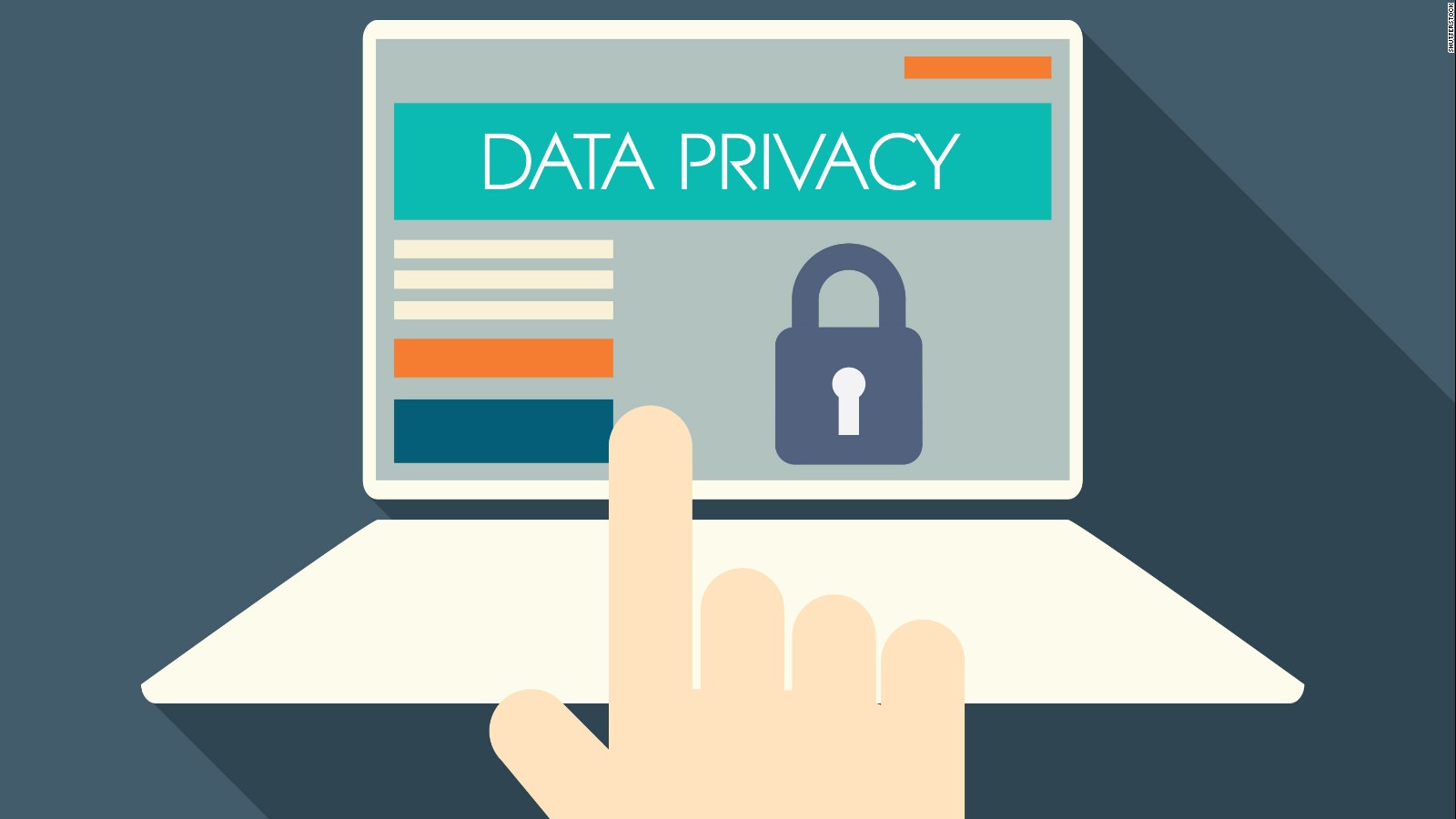
Above photo: From CNN.
DuckDuckGo Founding Member in Global Privacy Control (GPC) Standards Effort.
We believe online privacy should be simple and accessible to everyone, period. With the introduction of privacy regulations worldwide, consumers are gaining more rights to limit the sale and sharing of their personal data. While this is a great idea in theory, it doesn’t amount to much if it is hard for consumers to take advantage of their rights.
At present, consumers must invoke most all online privacy rights manually, website by website. That’s why we’re proud to be a founding member of a new effort to create a simple browser-oriented setting for users to more easily express their preference for privacy, called Global Privacy Control (GPC). With this setting, users can enable it once, and then the browser will express their preference for privacy to every website they visit. We’ve been working with other organizations to define a technical specification for GPC that we hope becomes a widely-adopted standard.
Starting today, using the current technical specification, we are launching GPC in an initial experimental phase within our mobile DuckDuckGo Privacy Browser (for iOS/Android) and within our desktop DuckDuckGo Privacy Essentials browser extension (for Firefox/Chrome), making this new setting available to over ten million consumers.
How does GPC work in practice?
Browser settings such as “Do Not Track” have been available in the past, but most websites were not designed to recognize or respond to users’ preferences, and they were not legally required to do so. For many years DuckDuckGo has advocated for laws worldwide that would bring legal teeth to browser privacy settings like Do No Track, going so far as to even draft our own legislation. Thankfully, the California Consumer Privacy Act (CCPA) is now leading the way here, requiring businesses to respect browser settings that allow consumers to opt out of the sale of their personal data. In his recent US Senate testimony, California Attorney General Xavier Becerra explained:
One provision of our regulations intended to facilitate the submission of a request to opt out of sale by requiring businesses to comply when a consumer has enabled a global privacy control at the device or browser level, which should be less time-consuming and burdensome. I urge the technology community to develop consumer-friendly controls to make exercise of the right to opt out of the sale of information meaningful and frictionless.
We are excited to be part of the answer to AG Becerra’s call to action by offering consumers GPC as a means to invoke their CCPA “do not sell” rights across multiple websites. Although currently CCPA rights are only available to California residents, certain companies such as Microsoft have committed to extend this right to all US residents. And at the same time, we also intend to work with data protection authorities in other countries to help ensure GPC is legally binding in more jurisdictions, such as in the EU where the General Data Protection Regulation (GDPR) is in force.
In this initial experimental phase for GPC, you can participate by downloading our mobile app and desktop browser extension, and then enable GPC in Settings (see instructions below). Once enabled, we will send the “do not sell or share” GPC signal on your behalf to every website you visit. Then, when you visit early-adopting sites like The New York Times (while using our app or extension), those sites will accept the signal and respect your preference for more privacy.
We expect more commitments will follow from other organizations that will either send or respect the GPC signal. However, since Global Privacy Control (GPC) is a new standards effort, most websites won’t recognize it yet. Currently websites are only required to act on the signal to the extent applicable laws compel them to do so.
How to enable GPC using DuckDuckGo
DuckDuckGo Privacy Browser on Android
- Download DuckDuckGo Privacy Browser from Google Play, or update to version 5.67.0 or newer.
- Within the app, go to “Settings” from the main menu.
- Tap “Global Privacy Control” and enable the setting.
DuckDuckGo Privacy Browser on iOS
- Download DuckDuckGo Privacy Browser from the Apple App Store, or update to version 7.55.0 or newer.
- Within the app, go to “Settings” from the main menu.
- Tap “Global Privacy Control” and enable the setting.
DuckDuckGo Privacy Essentials Desktop Browser Extension
- Download DuckDuckGo Privacy Essentials for Chrome, Firefox or Brave (we’re still working on updating our Safari extension), or update to version 2020.10.2 or newer.
- Once installed, click the extension’s icon in your browser’s toolbar.
- Click the cog icon at the top right and select “Settings”.
- In the “Global Privacy Control” section, enable the setting.
Once installed, you can test whether the GPC setting is working by going to https://global-privacy-control.glitch.me/ and checking the “Client-side detection” section.
Related posts:
Views: 0
 RSS Feed
RSS Feed















 October 8th, 2020
October 8th, 2020  Awake Goy
Awake Goy  Posted in
Posted in  Tags:
Tags: 
















